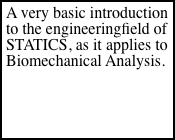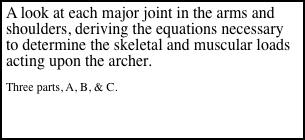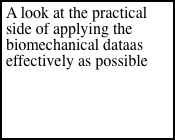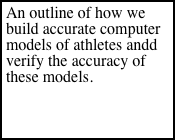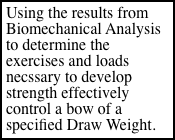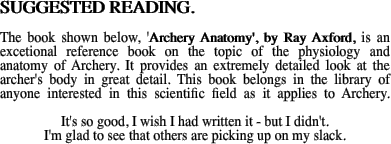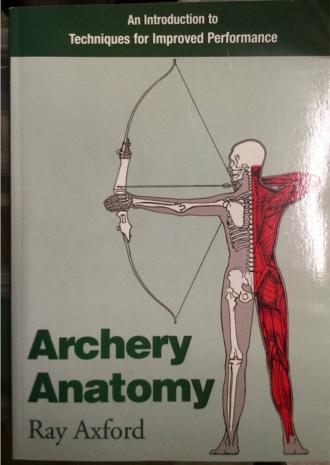|
BIOMECHANICS
Biomecnahics is a science that looks at human motion from a physics perspective, much like an engineer might look at a machine. When looked at in this manner, the bones, muscles, and joints become structural members, levers, cables, and hinges.With this approach, Biomechanics can look at the forces, both internal and external, and determine the resulting stresses on the body and their effect on the body. For Archery we can take it farther, and consider the body and the bow as parts of a complete system and study the affects on the body and the arrow.
|
|
 |
|
|
|
The need for BIOMECHANICS in Archery:
The concept of archery is relatively simple and the principles are well established. Archery developed independently in almost all cultures, and the basic form developed is always the same. So it is reasonable to ask what science today can tell us that is different from what people around the world have figured out over thousands of years.
The full answer is, to take us out of the 'trial and error' system that 'seems' right, and determine the actual principles that truly determine archery performance. With this understanding, we can teach the optimum technique, precisely, rather than what works for one archer, and may not, for another. We can also look at archers with disabilities, or injuries, and determine how best to modify the form to accommodate these archers.
|
|
|
|
BIOMECHANICAL COMPUTER MODELING:
Biomechanical Computer Analysis is used by NASA, the Defense Department, and Professional Sports to determine optimum performance techniques. Below are links to files that give a good introduction to the principles involved, how the computer models are constructed and some results from analysis.
|
|
|









